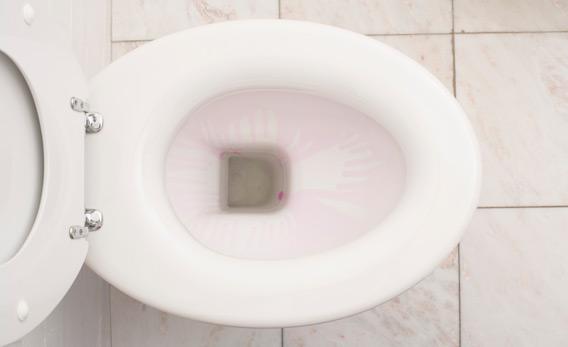On Monday, 184 couples got hitched in a mass marriage ceremony in the central Indian state of Madhya Pradesh. But what made the day special wasn’t the collective pledge to love, honor and respect. To obtain a license to wed, the local government had asked prospective grooms to submit photos of themselves posing with their indoor latrine.
This unusual move was the latest push in a national drive to improve sanitation; past efforts had included subsidies, public shaming, rewards for those who reported public defecators, and even fining town drunks to raise money for a communal toilet. But despite the government’s grandiose claims to have installed 87 million commodes in villages within the past decade, India’s 2011 census told a different story. According to the results, fewer than half of Indian households had a toilet in their home; of those, a much smaller percent were connected to a working sewage system. By way of comparison, nearly two of every three Indians, or roughly 800 million people, owned a mobile phone.
The lack of lavatories is particularly troublesome for women and girls. A 2011 report by SHARE, a sanitation and hygiene research project funded by the UK Department for International Development, drew a link between a lack of sanitation facilities and sexual violence against women. According to the report, girls younger than 10 had been raped on their way to use the public toilet. In one Delhi slum, boys hid inside the stalls at night, waiting to rape anyone who entered. Earlier this month in Bihar, one of India’s poorest states, where only 15 percent of rural families have access to toilets, a senior police officer spoke to the BBC of a “worrisome trend“: young girls and women being raped as they relieved themselves in the fields. The officer went on to estimate that 400 women might not have been raped last year had they had access to a toilet in their homes.
Given this context, we can only hope that the government’s latest campaign, “No Toilet, No Bride,” succeeds where others have not. Last year, India’s minister for rural development urged parents not only to consult with astrologers when considering marriage for their daughters, per local custom, but also to ask whether their new husbands’ homes would have the proper facilities. In response, several states rolled out local initiatives to up toilet usage in their districts.
In the state of Madhya Pradesh, where Monday’s wedding took place, the local government has developed a scheme to marry off women and tackle sanitation in one go. As part of a program called Mukhyamantri Kanyadan Yojana (MKY), the state will pay for the mass ceremony and provide qualifying couples with housewarming gifts totaling 15,000 rupees (about $270). But to qualify, a groom must provide evidence of the toilet, specifically a signed affidavit and pictures of himself with the family crown. (If one doesn’t yet exist, he must prove his intent to install one within 30 days of the wedding.) Not only is MKY a hit, but officials say that, this year alone, almost 1,800 couples have already wed under the program, according to the Wall Street Journal. Local photo shops are reporting a similar uptick in business as husbands-to-be rush to print the pictures taken from, not surprisingly, their mobile phones.
